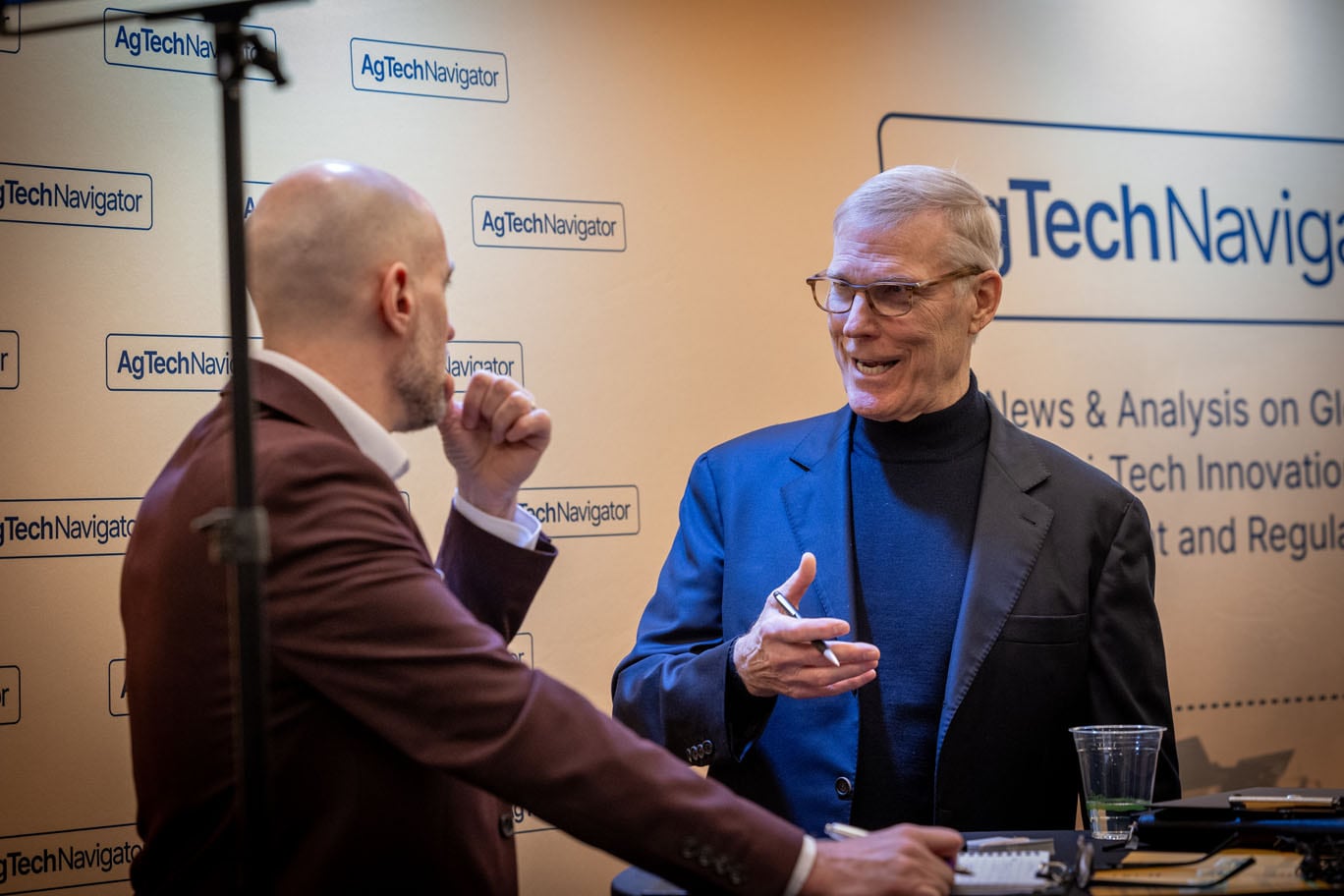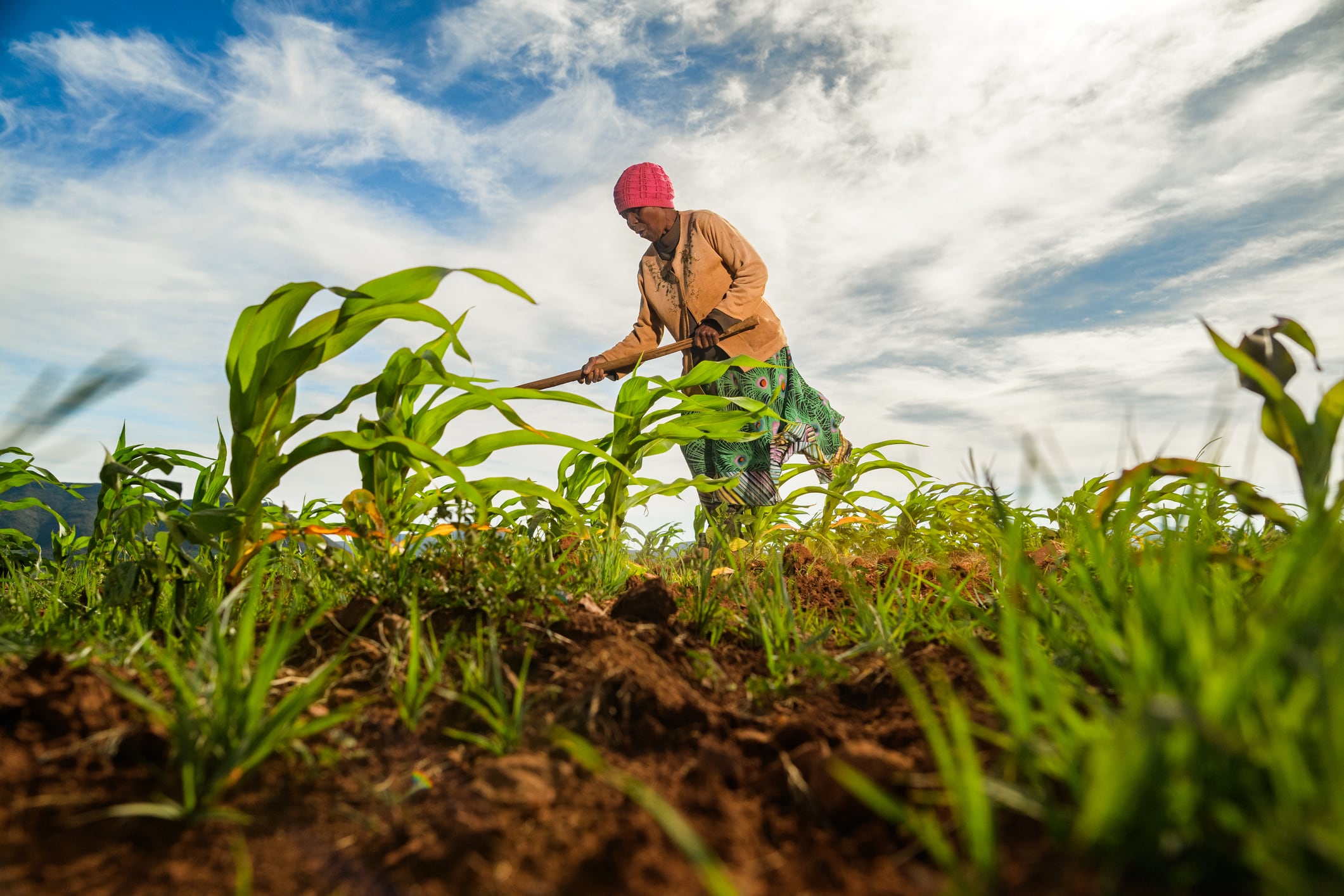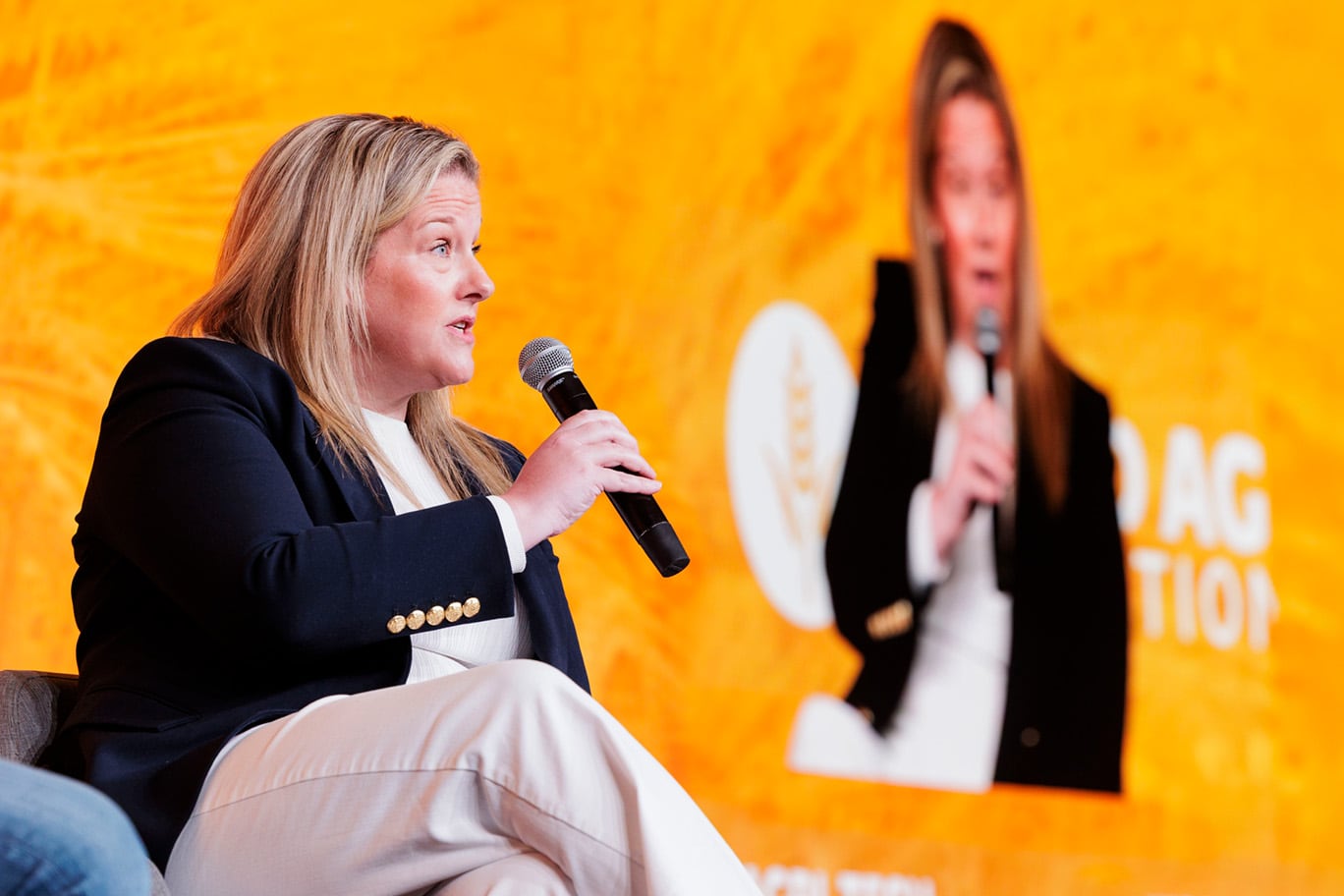Gates Ag One (officially Gates Agricultural Innovations) is a nonprofit subsidiary of the Gates Foundation – one of the largest charitable foundations in the world.
Speaking with AgTechNavigator at the recent World Agri-Tech Innovation Summit in San Francisco, Gates Ag One CEO Joe Cornelius told us the group is focused on accelerating agricultural innovations for smallholder farmers in sub-Saharan Africa and South Asia.
“We’re looking for later-stage technologies that will allow us to drive productivity gains and allow farmers to grow their crops with greater climate resilience,” he said. “We’re also canvassing for technologies that classify as Moonshot technologies.”
Aiming for the moon
This refers to ambitious, high-risk, high-reward innovations that aim to solve grand challenges through radical breakthroughs rather than incremental improvements.
In the context of Gates Ag One, these are transformative agricultural solutions targeting systemic issues like climate resilience and food security for smallholder farmers.
One example is self-fertilising crops. The Enabling Nutrient Symbioses in Agriculture (ENSA) project hopes to engineer non-legume crops to mimic legumes’ natural nitrogen-fixing ability, reducing reliance on synthetic fertilisers. Research is ongoing to understand more about the biology involved to eventually achieve this, but a nitrogen-fixing non-legume crop remains some way off, according to the organisation.
Another area is photosynthesis optimisation. The Realizing Increased Photosynthetic Efficiency initiative enhances sunlight-to-energy conversion in plants, achieving a 30% yield boost in heat-stressed potatoes.
These projects embody the ‘moonshot’ ethos by tackling foundational biological constraints with scalable, sustainable solutions for underserved regions like sub-Saharan Africa.
Philanthropy versus profit
But is philanthropic money better able to get this kind of innovation off the ground compared to other forms of investment?
“One of the primary advantages of our being a non-profit is that we have a greater appetite for risk,” Cornelius said. The group looks for those technologies that can create “significant impact, have longer time horizon to develop and require a significant amount of patience to bring together all of the different collaborators”.
By virtue of being collaborative, the world of philanthropy is “very complimentary” to private investment models, he added.
“We are a collaboration model so it’s our intent to work very closely with the VC community as well as start-ups, multinationals and mid-sized companies and public sector. Being a non-profit allows us to bring communities that historically have had challenges working together bringing innovation forward.”
But collaboration can bring complexity. There’s technical, commercial, regulatory and economic risk that must be managed, he explained. “Open innovation has to be customised for each programme, which lends itself to a lot more complexity to manage.”




